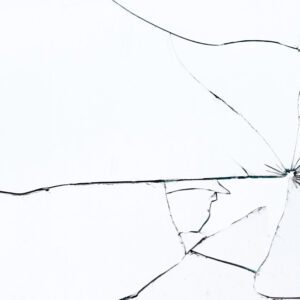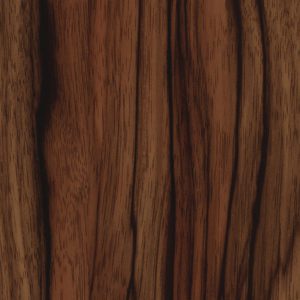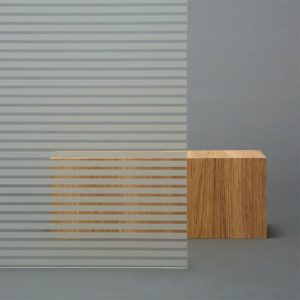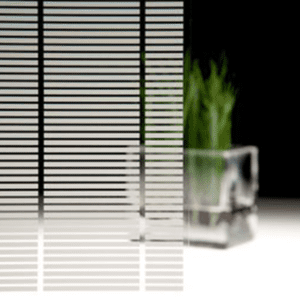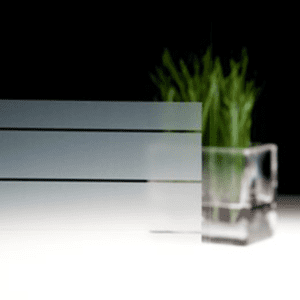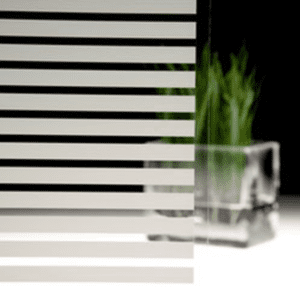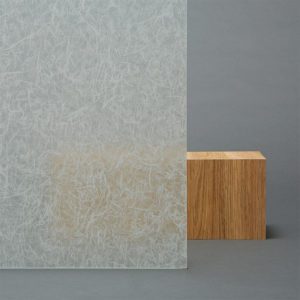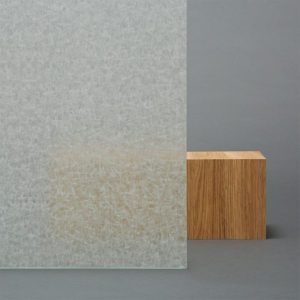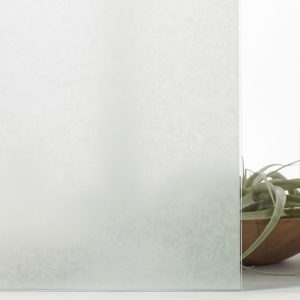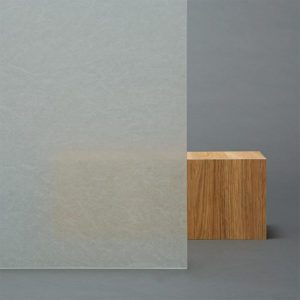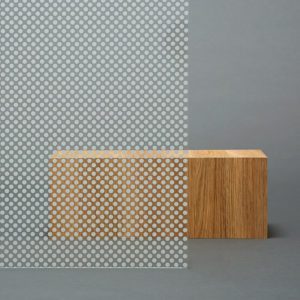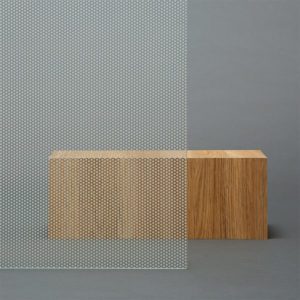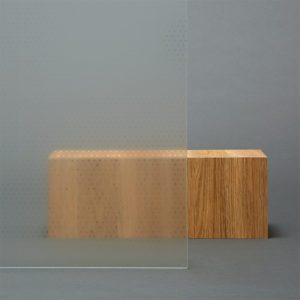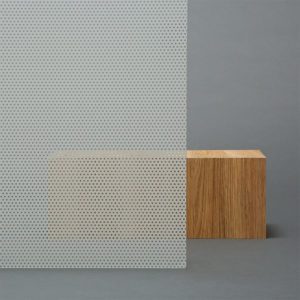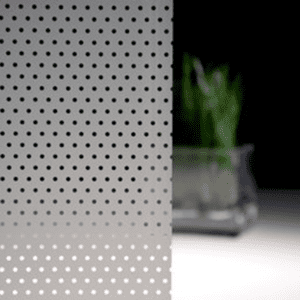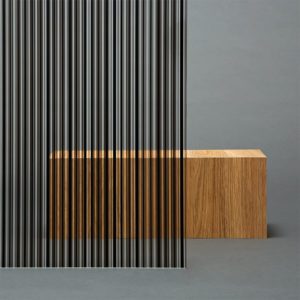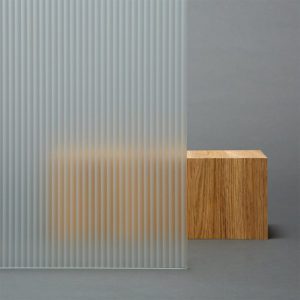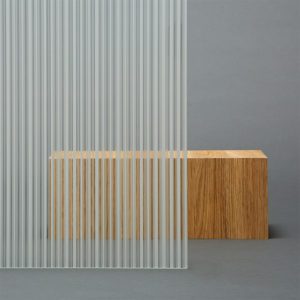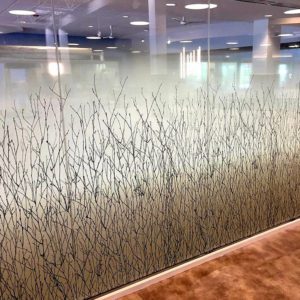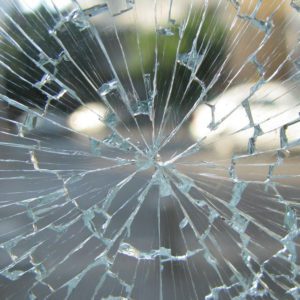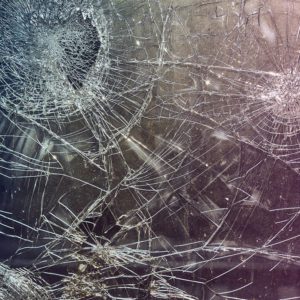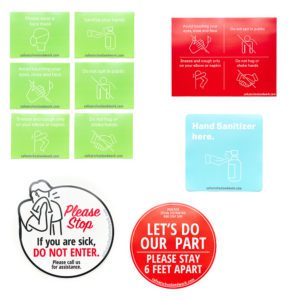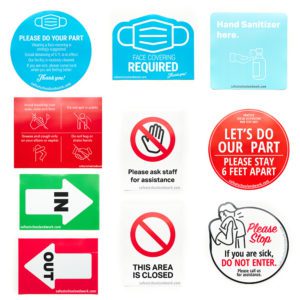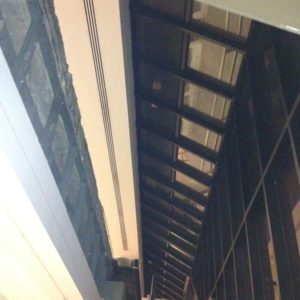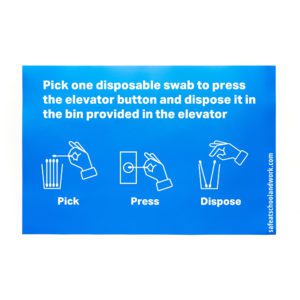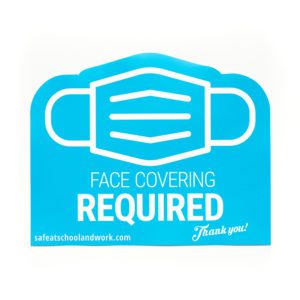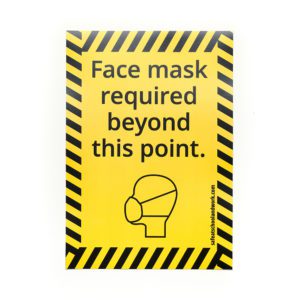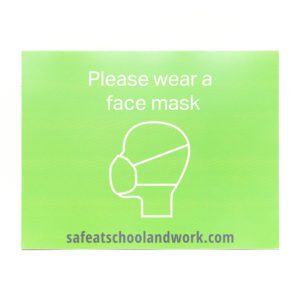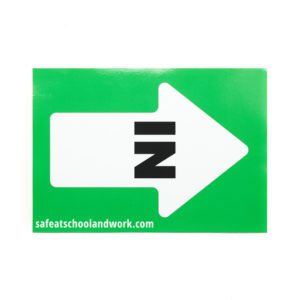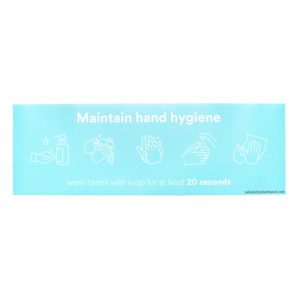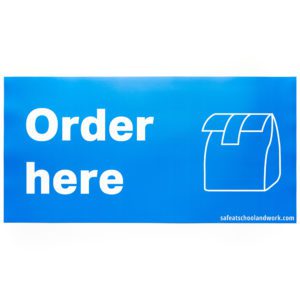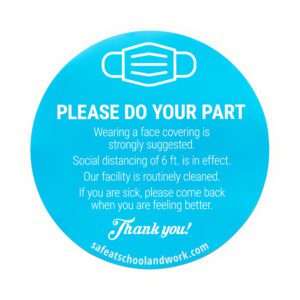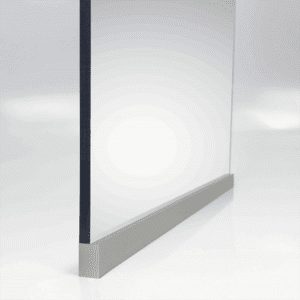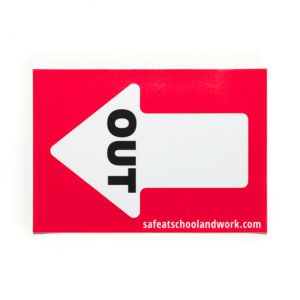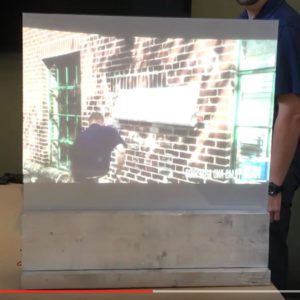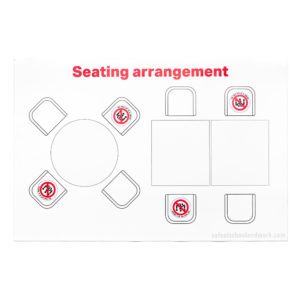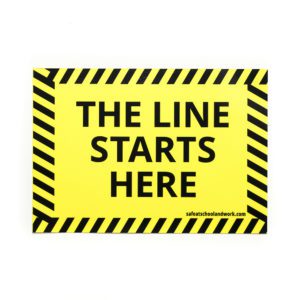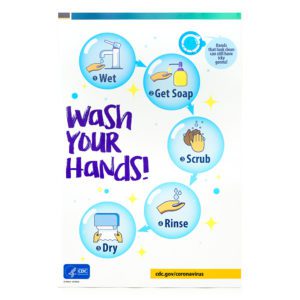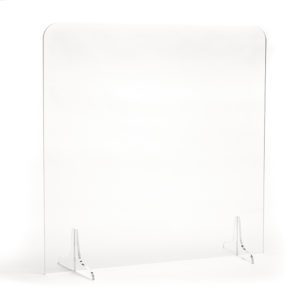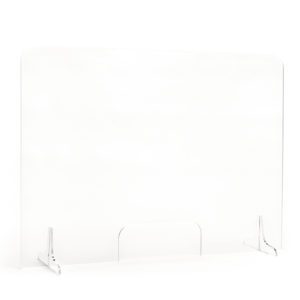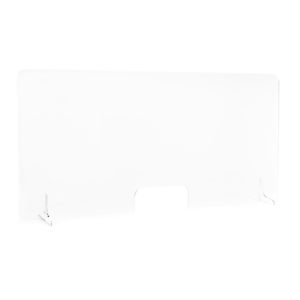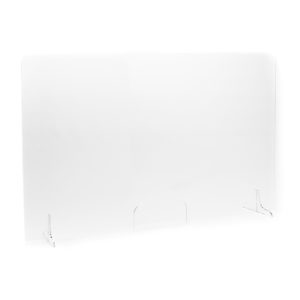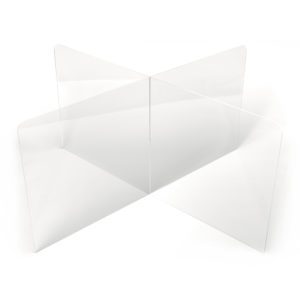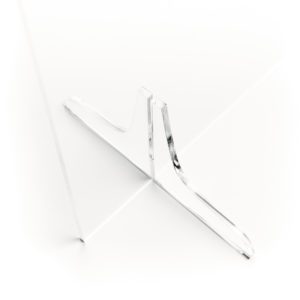Window Film FAQs
Are window film removable?
Many types of window films are removable, but it depends on the product, the surface, and the adhesive. In order to safely and effectively remove window film, you may need to apply a heat source such as a blow dryer, scrape and peel with a razor blade, or maybe just use a simple spray bottle filled with water or a mildly acidic solution.
Is window film waterproof?
Some types of window film are waterproof, particularly those films that are applied in damp and moisture-laden spaces such as bathrooms. Check with the manufacturer to find out if the window film is fully waterproof.
Is window film energy efficient?
Many types of window film are specifically designed for energy efficiency. Solar window films, reflective window films, and certain specialty window films often have insulating properties that reflect extreme heat and cold throughout the year. In general, contractors, architects, and building owners often choose energy-efficient window films as a way to reduce annual heating and cooling costs.
Is window film see through?
Many types of window film are in fact see-through, or near transparent depending on their opacity level. For example, you can see through mirrored and reflective window films during daylight hours when looking out from the interior. Generally speaking, you will be able to see through window film from the interior if conditions are brighter on the exterior.
What are window films?
Window films are thin, laminate films that are applied to the interior or exterior of glass surfaces in buildings, homes, office spaces, warehouses, and vehicles. Most window films are made from a polyester laminate that has properties of clarity, strength, and stability. Window films are often categorized by their use, including privacy, safety, solar control, and security.
Can window film be removed?
Many types of window films are removable, but it depends on the product, the surface, and the adhesive. In order to safely and effectively remove window film, you may need to apply a heat source such as a blow dryer, scrape and peel with a razor blade, or maybe just use a simple spray bottle filled with water.
Can window film damage windows?
Many types of window films are removable, but it depends on the product, the surface, and the adhesive. In order to safely and effectively remove window film, you may need to apply a heat source such as a blow dryer, scrape and peel with a razor blade, or maybe just use a simple spray bottle filled with water.
Can window film be applied outside?
Yes. Many types of window film are designed for application on the exterior, outside-facing surface of the glass or window. Generally speaking, window films are designed for interior application, so make sure you follow manufacturer specifications before installing your window film.
Can window film be removed and reapplied?
Typically, no. There are certain types of static-cling window film that can be removed and reapplied, but the majority of window film products use an adhesive. And though these adhesive-based window films can usually be removed, they cannot effectively be reapplied.
Can window film be reduce heat?
Certain types of window film are specifically designed for heat control. These films refract or reject solar rays, thereby controlling heat absorption into the building or residence. Low-emissivity, or Low E, window films are engineered to function as a type of insulation, creating the effective heat control of a double-pane window for a single-pane window.
Can window film be reused?
Most window films contain an adhesive, which after the initial application will be significantly compromised after removal. There are certain types of static-cling window film that are designed to be removed and reapplied; however, more often than not, once an adhesive-based window film is applied to a window or glass surface, it cannot be effectively removed and reused.
How does window film work?
Window films are thin, laminate films that are applied to the interior or exterior of glass surfaces in buildings, homes, office spaces, warehouses, and vehicles. Most window films are made from a polyester laminate that has properties of clarity, strength, and stability. Window films are often categorized by their use, including privacy, safety, solar control, and security.
How to remove window film?
Many types of window films are removable, but it depends on the product, the surface, and the adhesive. In order to safely and effectively remove window film, you may need to apply a heat source such as a blow dryer, scrape and peel with a razor blade or industrial scraper, or maybe just use a simple spray bottle filled with water or a mildly acidic solution. Always refer to manufacturer specifications when attempting to remove window film.
How to apply window film?
Professional installers should apply your window film, and we do not recommend applying it yourself. If you do decide to apply your own window film, make sure to consult the manufacturer specifications.
What is window film application solution?
Window film application solutions differ depending on the manufacturer. Please consult with a window-film installation professional to determine the best way to apply your window film.
What is gila window film application solution?
Gila Window Film Application Solution is an off-the-shelf product you can purchase and use when applying window film. It is formulated and packaged for easy use, and can be used to keep glass surfaces wet while you work and also for cleaning surfaces before you begin.
What is ceramic window film?
Ceramic window film such as 3M™ Sun Control Window Film use advanced ceramics that allow these films to maintain their color and appearance over time. Ceramic films like 3M’s reject high percentages of the sun’s infrared light, reject over 50% of the heat coming through your windows, and block nearly all UV rays.
What is solar window film?
Solar window film like those in the 3M™ Safety & Security Window Film Solar Safety Series are designed to reject heat, reduce glare, and enhance interior comfort. Many solar window films reject damaging UV rays, and can combat harmful solar radiation.
What is 3M window film?
3M™ designs and manufactures an entire array of window film products for both commercial and residential usage. 3M window films can be used for energy efficiency, safety, security, privacy, decor, and many combinations thereof.
Where to buy 3M window film?
You can buy 3M™ window film from authorized dealer installers like NGS Films and Graphics, who are part of the Prestige Dealer Network with access to the full 3M product offering. This network of dealers is committed to the highest service standards, who have been professionally trained and certified to deliver superior installation backed by 3M’s comprehensive warranties.
Where can i buy window film?
You can buy window film from authorized dealer installers like NGS Films and Graphics. NGS is part of the 3M™ Prestige Dealer Network with access to the full 3M product offering. This network of dealers is committed to the highest service standards, who have been professionally trained and certified to deliver superior installation backed by 3M’s comprehensive warranties.
Which window film is the best?
Choosing the best window film depends entirely on what purpose it will serve once applied, and if the film is being applied to large commercial properties, buildings, or a home or residence. 3M™ Window Films are among the most complete line of products, designed for benefits including safety, security, privacy, and energy efficiency. 3M Window Film products are well known for their superior quality, and are backed by comprehensive warranties.
Will window film stick to plexiglass?
Generally speaking, no. Plexiglass is plastic and almost all window film won’t adhere to it, except for certain types of static-cling films. Plexiglass also undergoes outgassing, or releases chemicals in the plexiglass itself. Outgassing will undermine the adhesive bond and cause the film to bubble and deteriorate, meaning your entire plexiglass windows will need to be replaced.
Which window tint film is best?
Choosing the best window tint film depends entirely on what purpose it will serve once applied, and if the film is being applied to large commercial properties, buildings, or a home or residence. 3M™ Thinsulate™ Climate Control Window Film helps keep the warmth in during the winter and the cool conditioned air in during the summer. It helps reduce cold/hot spots, improving overall comfort throughout your space. 3M™ Window Films are among the most complete line of products, designed for benefits including safety, security, privacy, and energy efficiency. 3M Window Film products are well known for their superior quality, and are backed by comprehensive warranties.
Is window film waterproof?
Some types of window film are waterproof, particularly those films that are applied in damp and moisture-laden spaces such as bathrooms. Check with the manufacturer to find out if the window film is fully waterproof.
Is window film energy efficient?
Many types of window film are specifically designed for energy efficiency. Solar window films, reflective window films, and certain specialty window films often have insulating properties that reflect extreme heat and cold throughout the year. In general, contractors, architects, and building owners often choose energy-efficient window films as a way to reduce annual heating and cooling costs.
Is window film see-through?
Many types of window film are in fact see-through, or near transparent depending on their opacity level. For example, you can see through mirrored and reflective window films during daylight hours when looking out from the interior. Generally speaking, you will be able to see through window film from the interior if conditions are brighter on the exterior.
How do 3M™ Window Films work?
3M Window Films are designed to help reduce the amount of solar heat transmission through window glass by increasing the solar reflection (not necessarily visible reflection) and solar absorption through the glass. Typical colored or dyed films work
primarily through increased absorption. The color absorbs the solar energy at the glass, thus reducing the direct transmission into the room. These films offer only marginal performance when compared to reflective films.
Reflective films are films that have been precision coated with metals. These metalized films are designed to increase the solar energy reflection of the glass and some of the absorption. 3M Window Film reflective films range from moderate to excellent in solar performance (heat gain reduction).
All 3M Window Films are made to have high visual quality. The ultraviolet protection in the adhesive system is there to protect the adhesive, the metals, the polyester film, and the abrasion resistant coating from UV degradation. This UV protection will also help protect what is behind the film (home and office furnishings), too. All 3M Window Films are protected with a tough abrasion resistant coating for long term durability and maintained appearance.
How do 3M Sun Control All Season (LE) Window Films work?
3M Sun Control All Season Window Films, or Low E films, work much in the same way as the Sun Control Window Films except that they offer an increased performance against cold weather heat loss. The patented constructions of these films enable the metal coating to reflect more of the interior room heat back into the room where it is needed. This improves comfort by reducing potential draft feelings near the window, and may also save on energy costs, especially in commercial buildings. The LE films are also protected with our abrasion resistant coating for long term durability and maintained appearance.
Why do customers have 3M™ Window Film applied to their buildings?
Benefits of application include:
• Improved tenant comfort
• Lower heating and cooling operating costs and/or extend A/C equipment life
• Lower utility demand costs
• Utility rebates
• Improved aesthetics, uniform appearance
• Improved safety and security
• Sustainable alternative to adding more A/C equipment
• Reduce rate of fading
Quite often, customers will purchase 3M™ Sun Control Window Films for tenant comfort and justify the purchase on energy cost savings.
What is the typical energy pay back for 3M Sun Control Window Films?
Simple pay backs will vary depending upon the amount of sunlit glass exposure, the type of film, the type of glass, cost of fuel, cost of application, and other variables. However, people have often seen paybacks in the 2-5 year period, with some reported to be even less than 6 months.
How is 3M Window Film applied?
3M Window Films are professionally applied by skilled, well-trained authorized 3M Dealer personnel like those at NGS. 3M Authorized Window Film dealers can help you determine which film would be best for your application.
The first step is to prepare the window area for the application, placing drop cloths on the floor protecting and/or moving furniture where necessary. Next, the window glass is cleaned using simple cleaning solutions (often water and ammonia) and razor blade scrapers. Then the film is sprayed with a slip solution (detergent and water) for proper positioning, and applied to the window glass. Using a professional grade squeegee and following proper techniques, the application is completed by removing excess water, trimming the edges, and a final squeegee technique to dry the edges.
Can I install 3M Window Film myself?
No, 3M Window Films require professional application. Authorized 3M Window Film Dealer/Applicators like NGS are thoroughly trained and experienced in performing high quality work. In this way, customers will enjoy the benefits of 3M Window Films and have the comfort that goes with a 3M warranty.
How do I clean my 3M Window Film?
After 30 days, you may clean 3M Window Films using normal household cleaning solutions, including ammonia based products like Windex®, and a soft, lint-free cloth or towel. You may also use a squeegee to clean the films. Abrasive products will scratch or damage the film and should never be used.
How long does 3M Window Film last?
3M Window Films are durable and made to last for many years. Just how long a particular film will last depends upon the type of film applied, type of glass it is applied to and the particular climate in which it is applied. Most applications last upwards of 15 years and several applications are still performing after 20 years.
All applications have a minimum warranty period of 5 years (except exterior applications which are 2 years), and several films carry a 10-15 year commercial warranty, and even a lifetime residential warranty for as long as original purchaser owns the home.
How do I remove the old film from my windows?
3M Window Films are designed to bond the film to the window glass for many years. Yet when it is time to remove the film, removal can be performed by following a relatively simple process:
• First, try to pull the film off by lifting and peeling the film from a corner. If removing the film is difficult, spray the film with a solution of mild dishwashing detergent and water and cover with a plastic film (trash can liners work).Allow to soak for several hours or overnight. Now, try Step 1 again.
• Next, the adhesive residue left on the glass can be sprayed with a sudsy ammonia and water solution and scraped with a four inch razor blade tool equipped with a stainless steel blade.
Unfortunately, not all competitive films are designed for removal. They can prove to be particularly difficult to remove and may require more drastic measures.
What is the warranty for 3M Window Film?
3M Window Films are warranted to maintain their solar properties without bubbling, peeling, cracking, or crazing. Many 3M films are warranted against discoloration, too (those which do not use dyed polyesters). Should the product prove to be defective, 3M and the authorized 3M Window Film dealer will replace the film and provide the reapplication labor free of charge.
In addition, the 3M Window Film warranty includes 60 months glass breakage coverage for all qualified applications. Should your glass break due to thermal shock, 3M will replace the glass (maximum $500.00 per window) and the dealer will replace the film.
The length of the warranty is determined by film type and market (residential or commercial). 3M commits to writing the terms of all film warranties in brochures and consumer publications. For more details, please contact NGS.
Do 3M Window Films cause glass to break?
3M Window Films will increase the temperature of your sunlit glass, which will in turn increase the stress on the glass edges. The quality of the glass edge and several other factors (external shading, interior shading, glass history, type of film, size/shape of glass, indoor/outdoor temperature) all contribute to the risk of glass breakage.
3M’s forty plus years of experience with applying 3M Window Films to different types of glass enables them or NGS to make proper film/glass recommendations and reduce the potential for glass breakage. In addition, 3M supports these recommendations with a five year glass breakage warranty against thermal shock fracture. Should the glass break within five years of application, 3M will replace the glass (maximum $500.00 per window), and the dealer will replace the film.
Do 3M Window Films cause seal failure when applied to insulated (double-pane, Thermopane™) windows?
No, 3M Window Films do not cause seal failure. When recommended films are applied to the inside pane of an insulated glass unit, there will be some absorption (except with clear safety films) of the sun’s energy, which will increase the temperature of the glass pane. Some of this heat will transmit to the airspace, slightly raising the airspace temperature. However, even a 20 F degree increase (unusual for most films) will result in a less than 3% change in air pressure. Properly made windows are designed and tested to withstand 22% changes in air pressure.
Risk of seal failure is determined largely by the quality of workmanship and the quality of the materials that go into building the insulated glass units. The best guard against seal failure is to purchase well-made windows from reputable manufacturers that have solid experience and histories with insulated windows.
Will 3M Window Film stop my furnishings from fading?
Nothing stops fading. 3M Window Films are designed to help reduce the major causes of fading (ultraviolet light, visible light, and solar heat), thus helping to prolong the life and preserving the appearance of your furnishings. As a general rule of thumb, ultraviolet (UV) is approximately 40% of the cause of furniture fading, visible light about 25%, and heat about 25%.The remaining 10% can be attributed to humidity, pollutants, interior lights, dye anchorage, and other causes.
Does 3M ultraviolet protection lose its effectiveness over time?
No, the ultraviolet (UV) protection that 3M uses in a proprietary adhesive system does not lose its effectiveness over time. In fact, an actual glass sample from The Dumbarton House, Washington, DC was tested. This test included a 10-year-old application and the ultraviolet transmission still measured less than 1%.
How do 3M Safety and Security Window Films work?
3M Safety and Security Window Films are designed to make glass shatter-resistant by holding the glass pieces together when broken. Different from 3M Sun Control Window Film, 3M Safety and Security Window Films are made with thicker polyester and a much thicker, more aggressive adhesive system. 3M™ Scotchshield™ Ultra Safety and Security Window Films are unique in the industry: they are built using a special micro-layered polyester technology which increases the film’s tear resistance significantly. The impact and tear resistance of 3M™ Scotchshield™ Ultra Safety and Security Window Films outperform other films of similar thickness known to 3M.
Are 3M Safety and Security Window Films hurricane-proof? Bullet-proof? Burglar-proof?
No, 3M Safety and Security Window Films are not hurricane-proof, earthquake-proof, bullet-proof, bomb-proof, nor burglarproof. No films ever could be. They do, however, make the window glass more shatter-resistant. In the event of a wind storm, these films may have significant safety and security value. They can help reduce the risk of injury from flying shards of broken glass, and possibly help prevent debris and water penetration through the window depending on the severity of the storm (and the type of glass, framing system, size and velocity of objects, and more).
In an earthquake, these films can help reduce the risk of serious injury from flying shards of broken glass, and possibly prevent glass from falling out of a home or building. Again, much may depend upon the severity of the quake (and the type of glass, framing system, and more, too).
These films are not designed to stop bullets. The consumer should be cautious of any film manufacturer claiming their product to be bullet proof or bullet resistant. In certain situations, 3M Safety and Security Window Films may be applied to bullet resistant glazing—glass that is already rated to stop a specific class of bullets—to serve as an anti spall layer to prevent slivers of glass (or “spall”) from projecting.
3M films were originally developed due to the international concerns and needs for improved safety and security against terrorist acts of bombings. These films can significantly reduce the risk of serious injury from flying shards of glass due to blasts; however, much depends upon the severity of the blast and the proximity of the window glass to the blast (and glass type, framing system, and more too). Due to their tear resistance, flexibility and energy absorbing and dissipation properties, certain 3M Ultra Safety and Security Window films work particularly well at mitigating blast hazards.
3M Safety and Security Window Films are a low-profile, easily implemented measure of security in the battle against ‘smash and grab’ crime. The tough, shatter-resistant qualities of the film can hold the window glass together even if a brick (or similar object) were actually to pass through the glass. With use of a 3M Impact Protection Attachment system, the intruder is forced to create an opening through the filmed glass to which to pass. The thief must now make a choice: continue to attack this window, try another window, or move on. Time is short, and often they move on. However, if they are determined to gain entry, they will get in. It is generally recommended that the property have proper alarm systems in addition to 3M Safety and Security Window Film.
Will 3M Safety and Security Window Films keep my glass from breaking?
No, 3M Ultra Safety and Security Window Films are designed to hold broken pieces of glass together in the window opening after a break. This design helps reduce the chance of injury from flying shards of glass, makes it more difficult to break in through a window, as well as increases safety and security in the event of a windstorm or bomb blast.
Will 3M Window Film help soundproof my windows?
No, 3M window films do not have significant sound insulating properties.
Will 3M Window Film dampen the sound of broken glass?
Only to the extent that sound generated from falling fragments is reduced. Generally, the sound of initial glass breakage is unaffected. In fact, it is precisely for this reason that 3M Safety and Security Window Films work well in conjunction with alarm system that are based on the sound of glass breaking: they do not interfere with their glass break sensors.
Can 3M Safety and Security Films be used for safety glazing in place of tempered glass?
Some 3M films are used for this purpose. Applicability depends on several factors. Contact NGS for more information.
Can 3M Window film be applied on tempered glass?
Applying film to tempered glass may be beneficial; for example, to help secure glass fragments and protect from spontaneous glass breakage. However, it is recommended that filming tempered glass involve an attachment system due to the small fragmentation break pattern of tempered glass and increased risk that the filmed/broken glass panel would dislodge from the frame entirely.
Can 3M Impact Protection Adhesive or Profile be painted?
Yes, IPA and IPP can be painted after they have had sufficient time to cure and achieve full adhesion. Painting their surfaces should not affect their performance. However, 3M generally discourages making any post installation modifications and the consumer should accept all liability.
Can 3M Impact Protection Adhesive or Profile be applied to painted or finished surfaces?
Yes, but adhesion to that surface will be only as strong as the paint bond to that surface. 3M generally recommends against applying IPA or IPP to painted residential surfaces. In commercial applications, it is advisable to conduct an adhesion test to painted surfaces prior to purchasing the IPA or IPP.
Can 3M Impact Protection Adhesive or Profile be applied to wood surfaces?
For Impact Protection Profile, no. For Impact Protection Adhesive, yes, but the consumer should consider all aspects of aesthetics and function.
Can 3M™ Impact Protection Adhesive or Profile be applied to vinyl surfaces?
There is a wide variety of vinyl formulations that can result in different surface energy. It is recommended that an adhesion test be conducted to all vinyl surfaces prior to purchasing the IPA or IPP.
Can 3M Impact Protection Adhesive or Profile be used for outdoor applications?
Yes, both these products are weatherable and can be used for exterior applications.
Can 3M Impact Protection Adhesive be reapplied over itself once cured?
Yes, IPA can be applied over itself to thicken a bead or when replacement is needed. This is one of the advantages of 3M™ Impact Protection Adhesive over common structural silicone sealants.
Should an attachment system be used on French pane windows?
First consideration should be given to the intended application and code and/or specification requirements. Many projects require proof of performance testing on the specific window system including glass, size, frame, anchorage, etc. Secondly, 3M impact protection attachment systems are primarily used on commercial windows, not residential windows with intricate and decorative frame mullions. The consumer should be made aware of what to expect when considering having an impact protection film attachment system applied to windows on their home.
Signage FAQs
Where is braille signage required?
ADA-compliant signs, such as those with braille and tactile elements, are required when the purpose is to designate a permanent space in a building. This signage should be installed next to all areas that will retain the same function for more than one week. Though the 2010 ADAAG guideline sets standards for braille signs, it does not stipulate where in a building braille signs are required. However, the ADA Standards for Accessible Design (1994) does require that signs designating permanent rooms and spaces must have raised characters and braille.
Why signage is important?
Signage is important in communicating all types of messages, including instruction, location, advertising, directions, distance, warning, branding, announcement, and much more. Signs of all types are ubiquitous throughout the world, and are used in virtually every location, from public to private to roadways to shipping lanes to airports to retail spaces to commercial properties.
Why signage is important to businesses?
Signage is important to businesses in a number of ways, including advertising, branding, announcement, location, direction, and much more. Signage in business can be used to reinforce a brand, display a logo, locate a section or department, and even communicate parking instructions.
Explore Products
NGS Product Catalog
Browse the entire NGS selection of security window film, solar-control window film, graphics, signage, and specialty window film.

